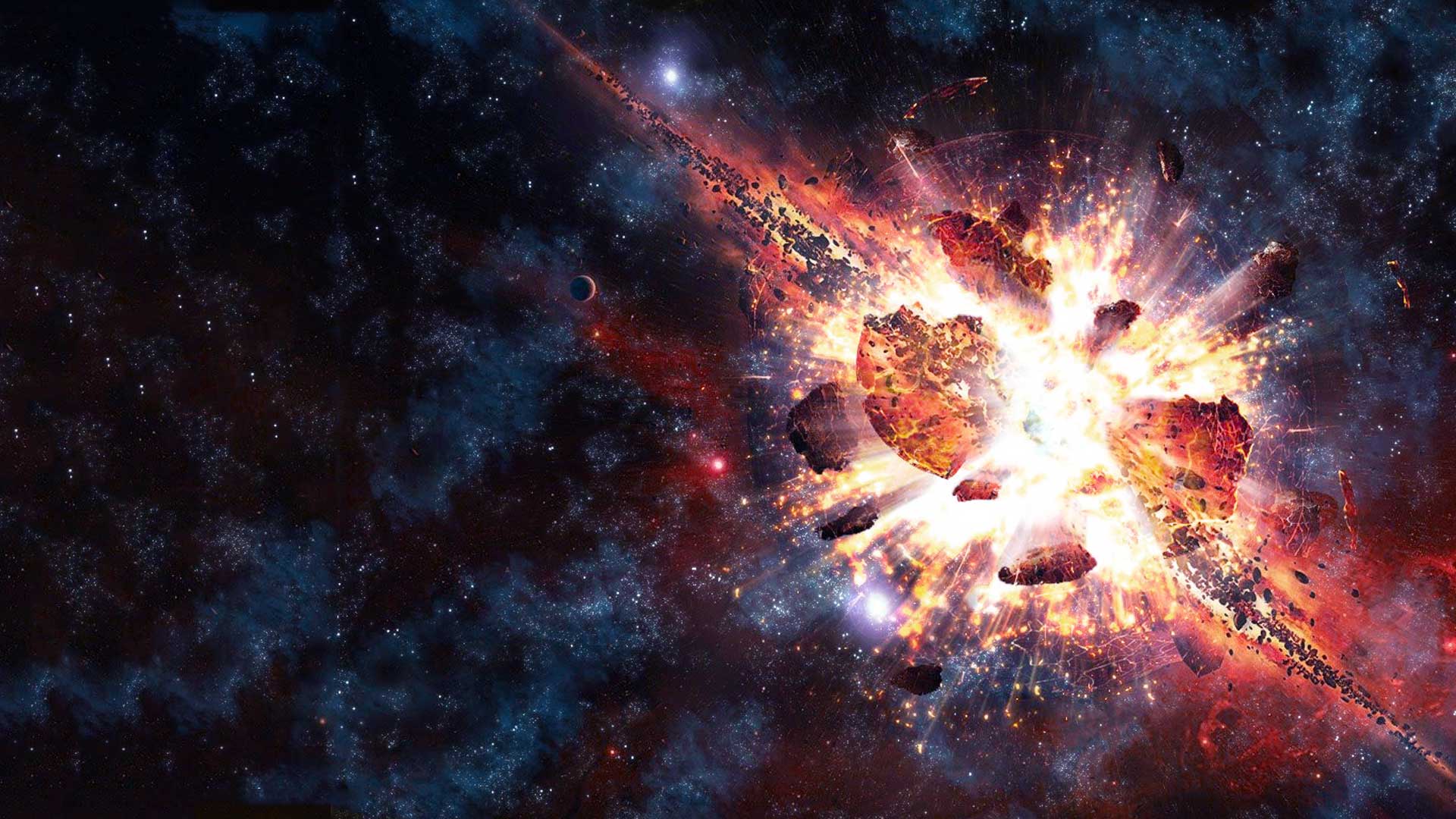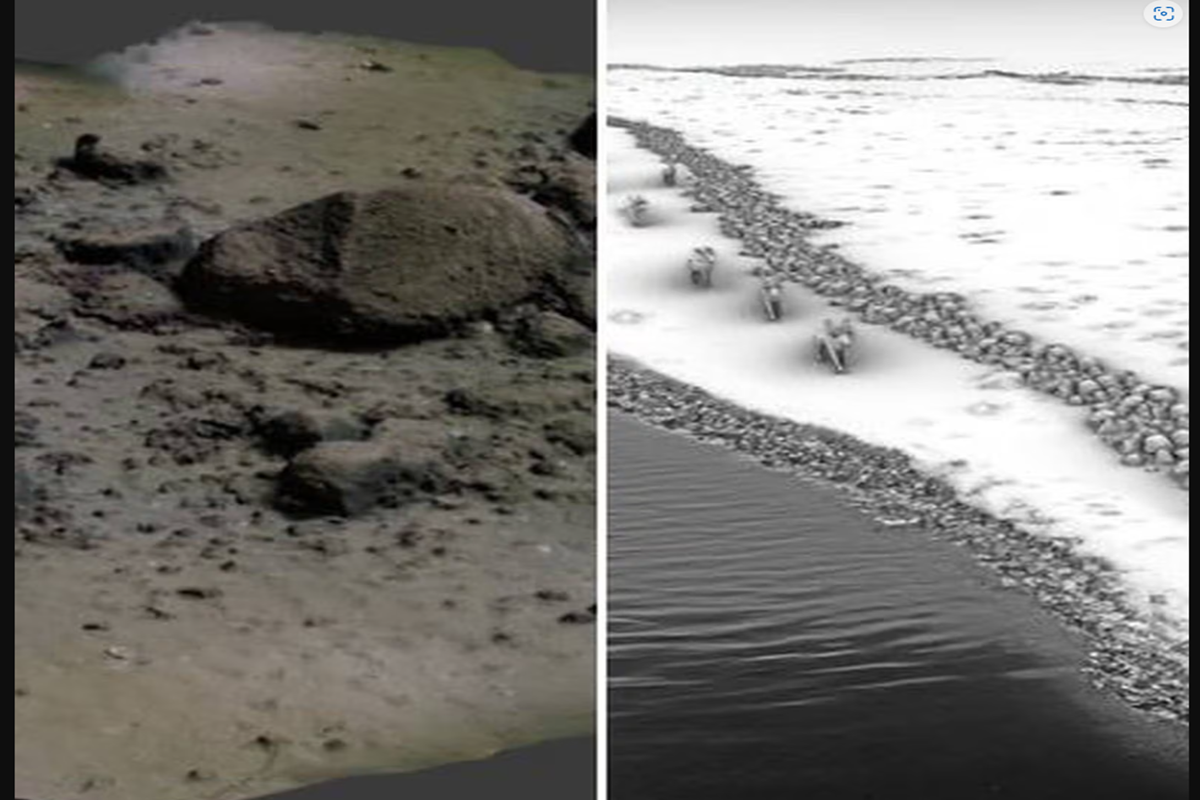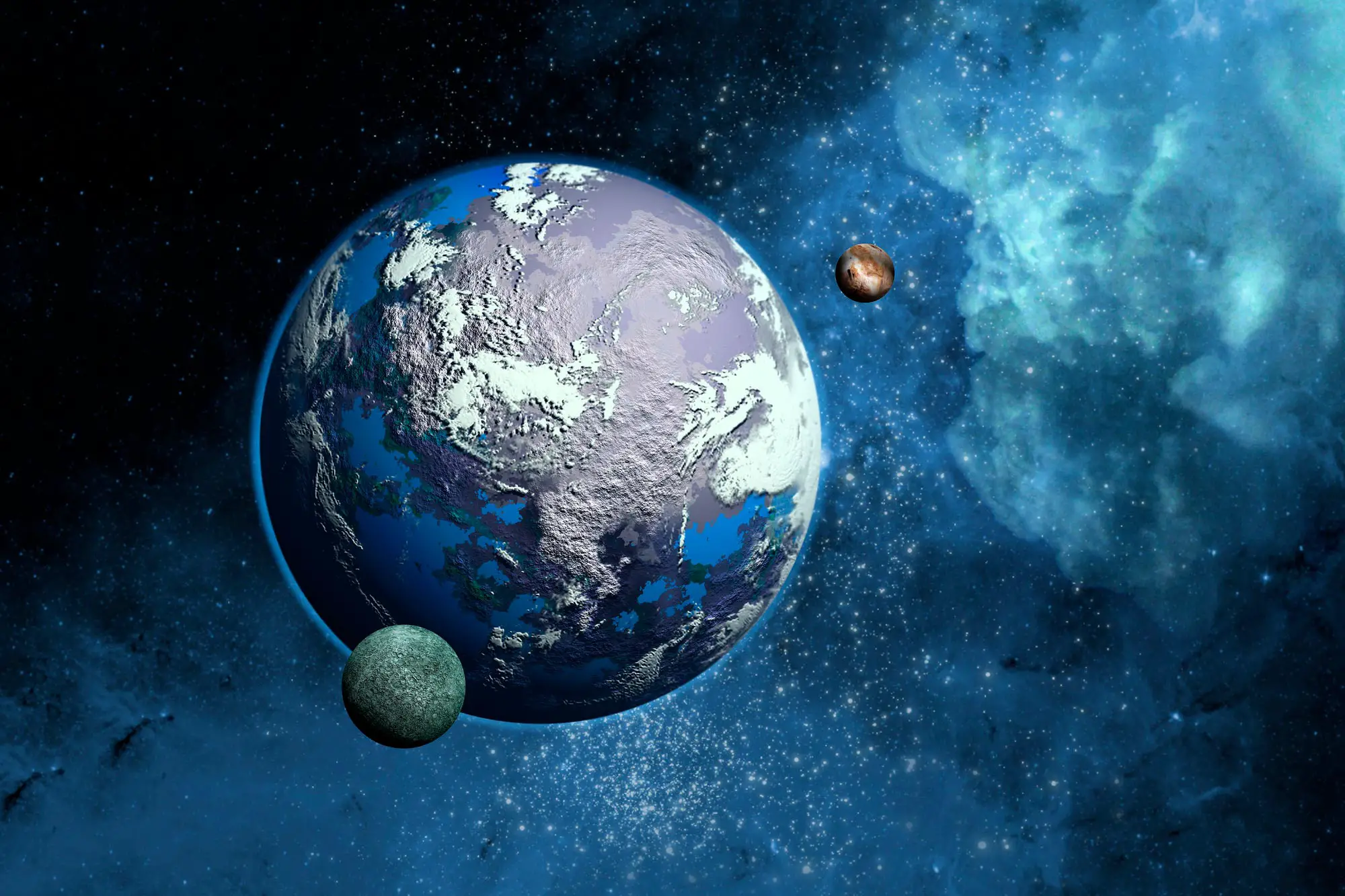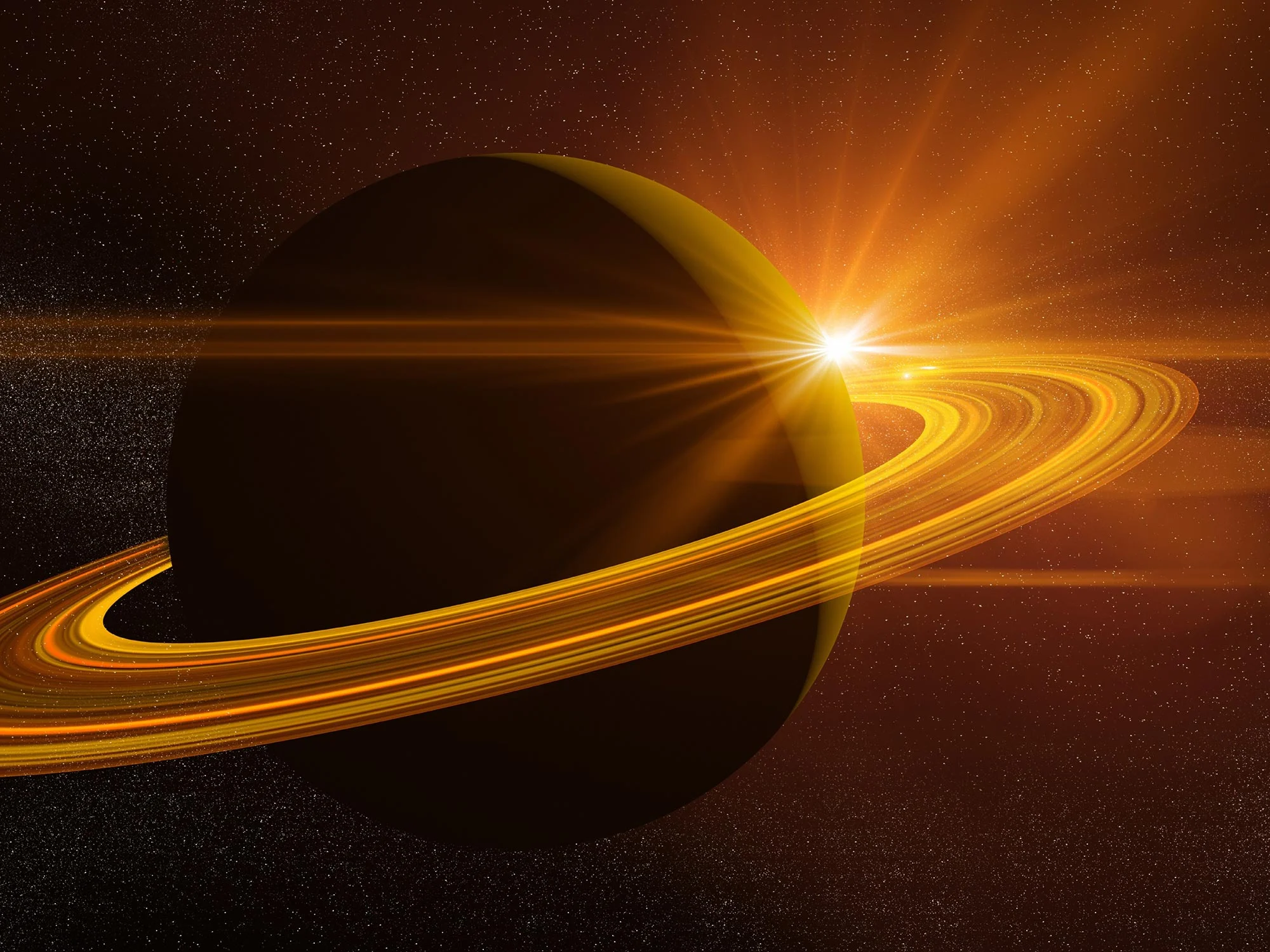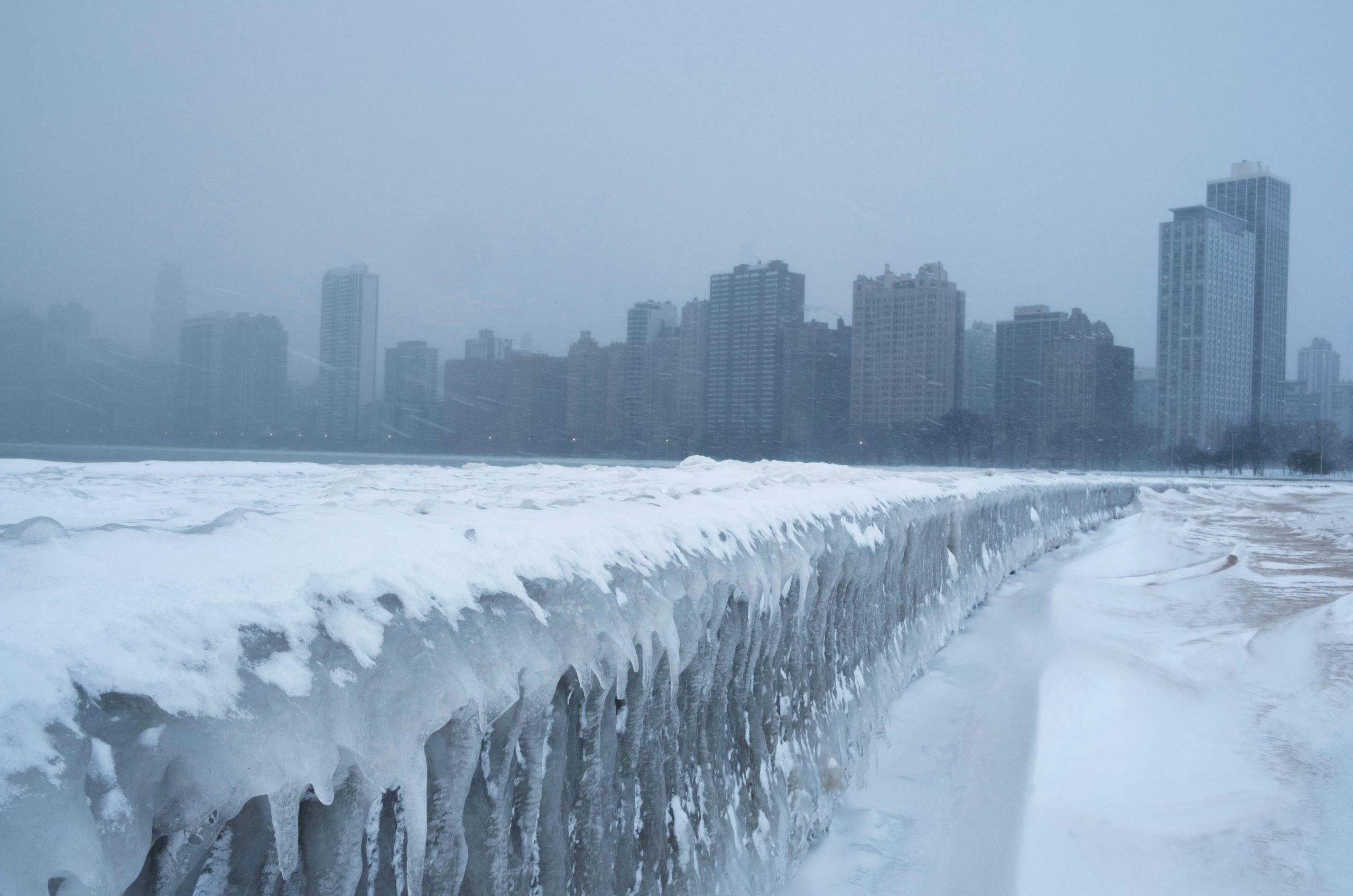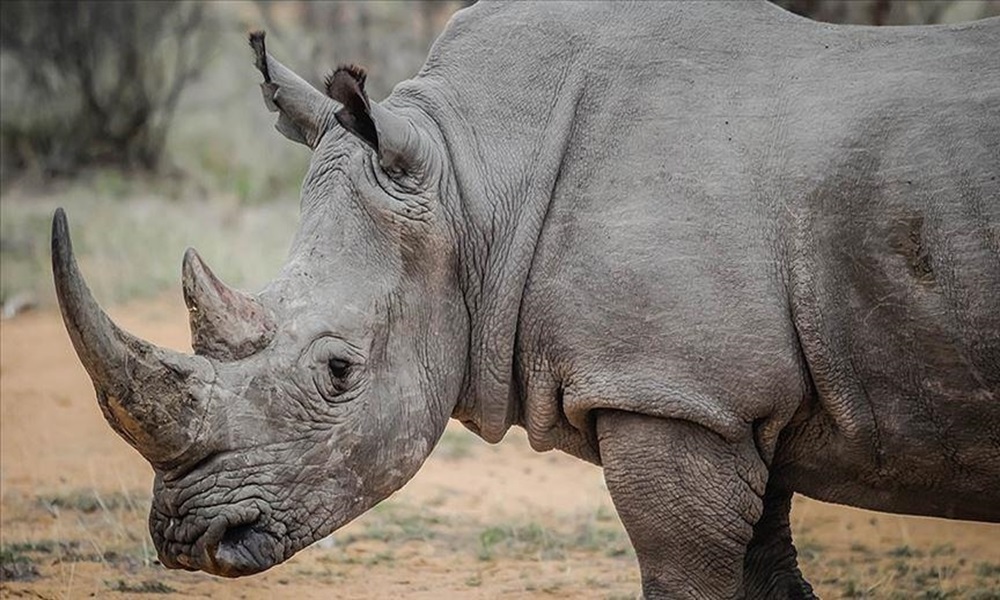Scientists at Brookhaven National Laboratory recently achieved a remarkable feat: creating the strongest magnetic force known to humanity. This force, generated by smashing together tiny particles within the Relativistic Heavy Ion Collider (RHIC), surpassed even the magnetic fields found in neutron stars, the densest objects in the universe.
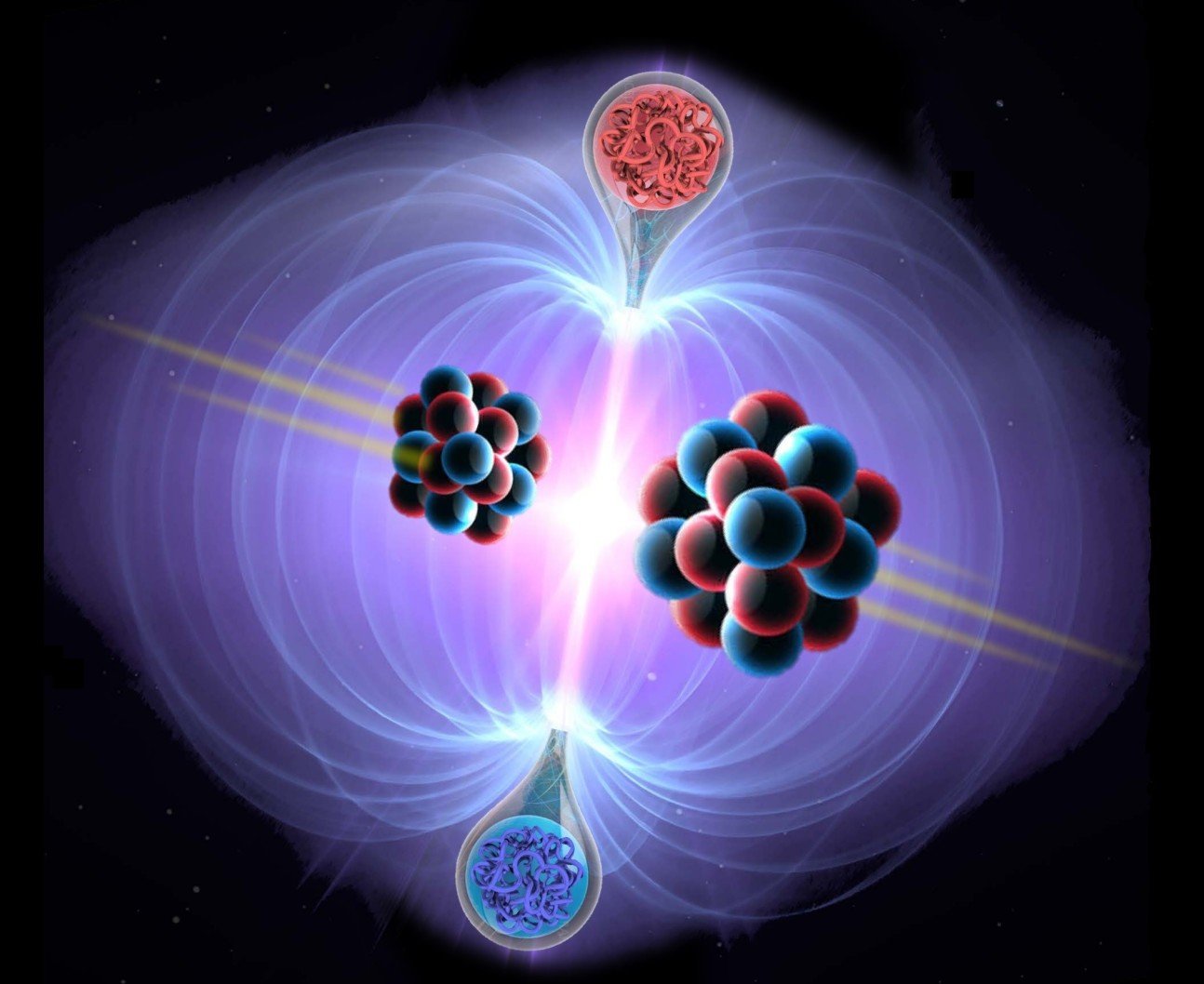
To understand the implications of this discovery, we need to delve into the world of subatomic particles. When gold atoms are collided off-center in the RHIC, they produce a unique state of matter called quark-gluon plasma (QGP). Within this QGP, the motion of particles like quarks and gluons becomes influenced by the powerful magnetic fields generated during the collisions.
While these magnetic fields cannot be directly observed, scientists can study their effects on the behavior of charged particles within the QGP. By analyzing the collective motion of these particles, researchers were able to confirm the presence of electromagnetic fields induced by the magnetic force. This finding provides valuable insights into the conductivity of QGP, a fundamental property previously unexplored.
The significance of measuring the conductivity of QGP cannot be overstated. It allows scientists to better understand the behavior of matter at the smallest scales and sheds light on the fundamental forces that govern the universe. This groundbreaking research opens up new avenues for studying the mysteries of particle physics and advancing our understanding of the cosmos.
Despite the fleeting nature of the magnetic fields generated in these collisions, lasting only a fraction of a second, their impact is profound. By observing the behavior of charged particles in response to these fields, scientists gain valuable insights into the underlying mechanisms of electromagnetism at play within QGP.
Furthermore, the ability to induce and study such powerful magnetic fields in a controlled environment offers unprecedented opportunities for scientific inquiry. Researchers can now explore the conductivity of QGP with greater precision, unlocking new discoveries about the nature of matter and the universe.
